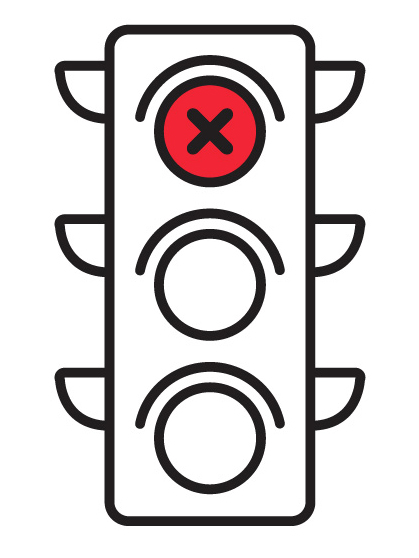Be Your Child's Champion
Whether your child is the target of bullying, is engaging in bullying behaviour or is witnessing bullying behaviour, once your child has come forward, it's your turn to take action:
- Arrange a meeting for you and your child with the teacher and/or principal/vice principal.
- Bring with you the specific information you've gathered about the bullying incident(s).
- Work with your child and school personnel on a plan to address what your child needs right now to feel safe; what your child can do to avoid being bullied and to stand up to any future bullying; and who your child go to for help.
Well-Being Teams
Beginning in 2016-2017, anti-bullying initiatives will be led by schoolwide Well-Being Teams in every Halton school. These teams are composed of staff, parents, students, and other members of the school community.
Child and Youth Workers
Some students may require assistance in dealing with behavioral, social, emotional and academic issues in their school environment. School Child and Youth Counsellors (SCYCs) support students, parents and school staff in coping with these challenges.
School Social Workers
School Social Workers (SSWs) may help students, families and school in relation to mental health, emotional, social and behavioural concerns. To reach your school's Social Worker, contact the school directly.
Resources for Parents and Students
- PREVNet (Promoting Relationships and Eliminating Violence Network) is a national network of Canadian researchers, non-governmental organizations (NGOs) and
Governments committed to stop bullying. The site offers a wide range of resources for educators, parents and community members.
- Reach Out Centre for Kids (ROCK)
- Ontario Ministry of Education: Safe Schools
- 24 hour crisis line 905-878-9785 (Toll free in Halton)
- Kids Help phone line 1-800-668-6868









